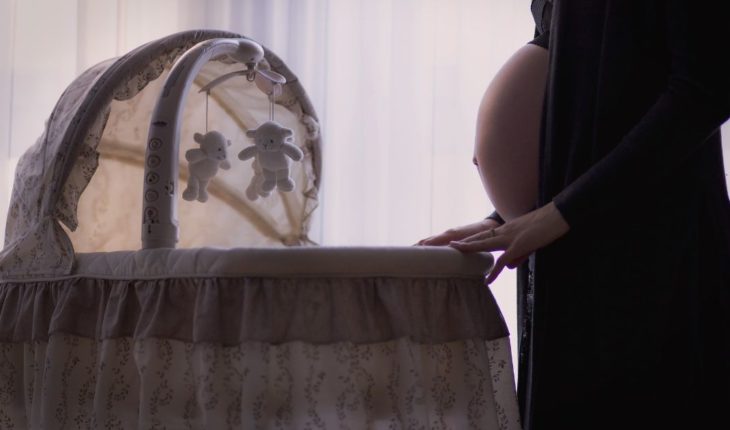bid before during childbirth is just as safe for most women and babies who bid later, some researchers report. The best time to start pushing during labor has been a subject of debate. Many U.S. hospitals recommended delaying the pujos, but evidences have not been conclusive.
This new study of 2,400 new mothers found that bid soon did not increase the need for caesarean sections. He was also associated with a likely lower hemorrhage and infection.
“Theory to delay the pujos is that while you are delayed, the uterus continues to contract and perhaps is part of the work of giving birth to the baby,” said the principal investigator, Dr. Alison Cahill, Chief of maternal and fetal medicine at the Faculty of Medicine of the Washington University, in St. Louis.
“Part of the theory is that that would increase your chances of having a successful vaginal delivery,” said Cahill.Pero in this study did not. Women pujaran soon or wait an hour did not affect the need for a surgical delivery, the researchers found. In addition, the future mothers who bid up soon had 40 percent less likely to suffer a significant bleeding that women who began to bid later. It was also 30 percent less likely that develop an infection, said Cahill.segun Cahill, the more naturally begin during the second stage of labour, when the cervix is fully dilated. But mitigated as most women receive a local Painkiller during childbirth, eagerness to bid. At that time, doctors recommend immediate bid with contractions, or retain the pujos, allowing the fetus to descend spontaneously, he said. In this essay, is randomly selected participants so that they began to bid soon or wait an hour. All received a local analgesic. The more time did not affect the chances of a normal vaginal delivery, or hurt the baby. Neither changed need forceps or vacuum, or the need for a c-section, the researchers found.
Moms with regional anaesthesia should not delay the pujos intending to increase your chances of having a vaginal birth, said Cahill.
Although the birth of that bid up immediately lasted on average less than 32 minutes, that group pushed for about nine minutes more, according to the study. Dr. Dana Gossett is Professor of obstetrics and Gynecology at the University of California, San Francisco.
The report appears in the edition of October 9, the journal of the American Medical Association.
PIC/Pixabay commented that “in the United States, try to find ways to” reduce the rate of Caesarean sections, which have increased dramatically in the past 50 years. Caesarean sections are bad for the mothers and could also be bad for the babies, according to Gossett, co-author of an editorial published with the study in the journal. Recent standards have enabled women bid more time to promoting vaginal birth, and cannot be passed directly to a c-section, scored Gossett. “It was not clear if this was safe for the mother or the baby,” he said. This study clearly showed the benefit of early pujos, Gossett said. “Labor and the more have risks for the mother and the baby, so they should not be lengthened unnecessarily, but we should focus on things that help reduce c-section rates”, he said. In this note:





